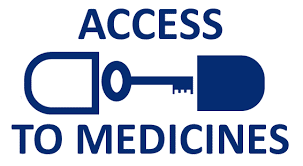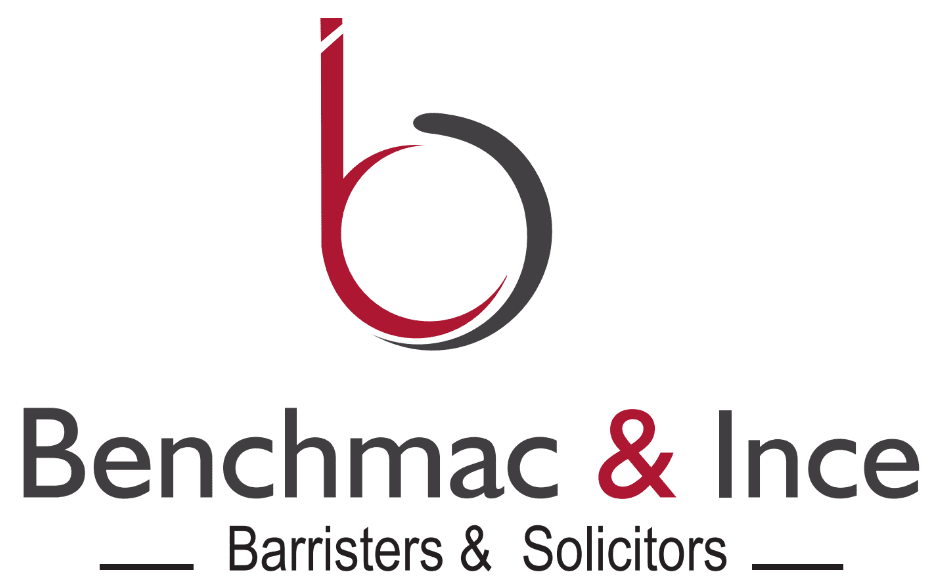
Introduction
In general parlance, there is an interplay among intellectual property, international trade, international human rights, innovation, and access to essential medicines. Key stakeholders and countries around the world have contributed keenly to this discourse with emerging national, regional and international policies to regulate the interplay. The discussion becomes pertinent due to the public outcry for essential medicines in the midst of life-threatening diseases like HIV/AIDS, Coronavirus among others. However, the protection of patent rights on the innovation of medical technologies is pivotal to the innovation of novel medicine by pharmaceutical companies. Hence, it is crucial to discuss the significance of the role of intellectual property in innovation and access to medicine.
Patents
Patent is the most crucial intellectual property right (IPR) designed to protect medical technologies and other innovations. No doubt, research and development require huge resources and granting patent rights is what makes innovation attractive. If unprotected innovations are in the public domain, third parties use it at no cost and this can render innovation an undesirable venture for researchers and investors. Both national and international legal instruments provide for patent protection/registration, however, there is nothing like an “international patent”. An applicant seeking a patent right over an innovation must register it in each country he wants the patent right to cover. The World International Property Organisation (WIPO) Patent Cooperation Treaty enables one international patent application to be covered by all contracting states. However, the grant of a patent right is still specific to each national state in line with their national patent policies.
Patentability is an essential criterion for patent protection. Articles 28 and 29 of the TRIPS Agreement provide for cumulative criteria for patentability, however, the design of the implementation/satisfaction of each criterion is subject to national patent laws. The patentability criteria are as follows:
- Patentable subject matter: the subject matter for an application for patent right must be patentable. This is to say that it must be an innovation. Each country adopts its flexibility in determining what comes under this umbrella. Majorly, it includes scientific and medical innovations.
- Novelty: The subject matter must be new and must not have been discovered anywhere else in the world.
- Inventive step: the know-how of the invention of the subject matter must not be obvious to another person who has the technical skill to invent it.
- Industrial applicability: The innovation must be useful to an industry.
- Full disclosure: The applicant must provide enough information of the invention that a skilled person in the art can invent it.
Upon the grant of a patent right in each national state, the applicant is conferred an exclusive right on the innovation in that country. This includes the right of sale, importation and exploration for international trade. Each country determines the duration of the grant of a patent right on an applicant before it becomes public knowledge. However, the TRIPS Agreement provides for 20 years as the minimum period for exclusivity.
Access to Medicines
It is established that granting patent rights on invention plays a significant role in developing more medical innovations and technologies. However, it makes access to essential medicines a plight. One advantage of the exclusivity of patent right is the control of the pricing of medicine. Due to the huge resources exhausted in the manufacturing of some essential medicines, they are made available at exorbitant fees. Low income and middle-income countries with no medical technology and know-how to produce the medicines find it difficult to access the medicines. We have had this play out in access to essential medicine for life-threating diseases like the HIV/AIDS and the Coronavirus.
To address this issue, both national and international policies enable some exceptions/limitations to the exclusivity of patent rights. For example, a researcher can use a patented invention for research purposes. Another limitation that aids access to medicine is an exhaustion of patent right by the right holder. Lastly, the TRIPS waiver/flexibilities/compulsory licensing provides for access to essential medicine.
In addition, in many jurisdictions the exercise of a patent right is subject to restraints imposed by competition law. The patent confers the patent holder a position of market dominance for the patented drug. Abuse of this dominant position, e.g. through excessive pricing, the frivolous filing of patent applications or bad-faith patent litigation, can be prosecuted by competition authorities e.g. in the USA and the European Union.
Conclusion
Essentially, the protection of innovation is only subject to the grant of patent in each country either through a direct application to the country or through the one international patent application system provided for by WIPO Cooperation Treaty. However, a patent right can be waived/restricted by both national and international law to enable access to medicines particularly in times of global health challenges as experienced during coronavirus pandemic.
The opinions in the articles are for general information purposes only and do not form a legal relationship or be taken as legal advice. To explore legal advice, please consult your solicitor or feel free to get in touch with us directly.

